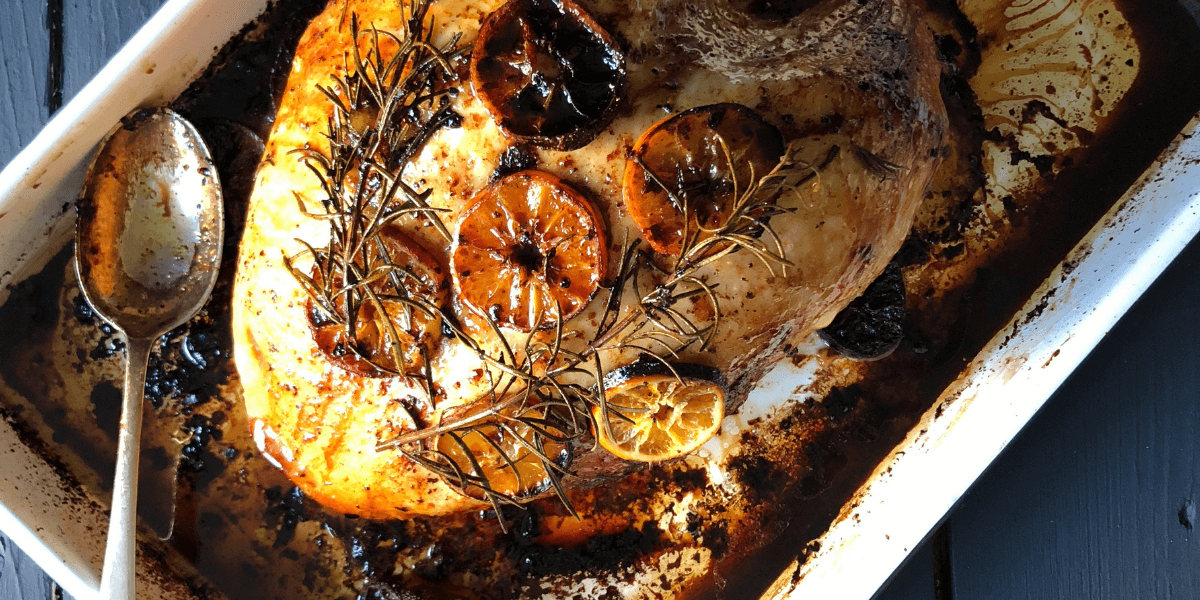A waste disposal unit is a helpful appliance to have in your kitchen to dispose of scraps, but it’s not a miracle worker. Most of the call outs our maintenance plumbers attend for waste disposal units are a result of home owners and tenants putting scraps down the appliance that are not suited for it which either jam the unit or block drains.
Read on for our plumbers guide on how to look after your waste disposal unit:
- What you should and shouldn’t put down the unit
- How to use your waste disposal unit correctly
What shouldn’t go down the waste disposal unit?
Grease and cooking oils:
Sure, you can run some water and tip the grease from your Sunday roast down the garbage disposal unit, but it’s what happens to that grease once it’s in your pipes. Fats can solidify in your pipes very easily, making a real mess and blocking your drains.
Fibrous foods:
The blades on your waste disposal unit can’t work miracles and they aren’t designed to break down tough fibrous materials like celery, potato peelings, onion skins and lettuce. All of these items can get tangled in the blades and stop your unit from working. If you have to put fibrous items down the unit, chop them small first and run lots of water.
Eggshells:
Once chopped by your waste disposal unit, eggshells are like sand which can sit in your pipes and cause obstructions and blockages.
Coffee grounds:
These just don’t flush away easily and over time will build up (like egg shells) and cause smelly blockages.
Hard fruit items:
Pips, seeds, cores and large chunks of skins can’t be processed by the blades easily, making your unit work harder, or you might end up with unprocessed scraps in the bottom of the unit.
Meat bones:
Bones are a common cause of blade jams and blocked pipes so don’t take the risk.
Anything inorganic:
No exceptions, if it’s man made it’s got no place in a waste disposal unit.
What can you put down a waste disposal unit?
Liquids and soft foods:
Apply the baby food test. If a baby could eat it, then it’s the right consistency for your waste disposal unit.
Foods chopped into small bits:
The blades on a waste disposal unit aren’t big, so the food pieces you put down it need to be small.
How to use your waste disposal unit correctly to extend it’s life.
Always run water when processing scraps:
Start running water before you turn the unit on, and keep that water running throughout. Once all scraps are processed, keep the water running for at least 30 seconds to make sure everything flushes down the pipes. Our plumbers tip is to run hot water rather than cold because hot water will help anything greasy or sticky to move through the waste disposal unit and kitchen pipes easily.
Never leave scraps sitting in the waste disposal unit:
Leaving food scraps unprocessed will rust out the appliance. This is a common problem our plumbers experience and the only way to fix a rusted unit is to replace it.
Freshen up your unit regularly:
A small piece of lemon, a squirt of dish washing liquid or ice cubes are all great low cost items you can flush through your waste disposal unit with water to clean and deodorise it.
If you follow our advice your waste disposal unit can last up to 12 years. If your unit isn’t working, or it’s over 12 years old, contact us now to repair or replace your existing appliance.






